-

Fire sprinkler systems play a crucial role in fire protection, ensuring the safety of buildings and occupants. The selection of piping material is essential for the efficiency, durability, and compliance of the system. Different types of pipes are used depending on the application, environment, and fire protection standards. Below are the most commonly used pipes for fire sprinkler systems.
-

Fusion Bonded Epoxy (FBE) coating is a type of protective coating widely used for steel pipes and other metal structures to prevent corrosion. It is applied as a dry powder that melts and bonds to the metal surface when heated, forming a uniform, durable, and corrosion-resistant layer.This article will briefly introduce wwhat is fusion bonded epoxy coating.
-
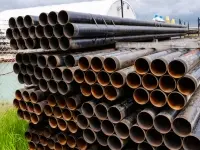
Measuring tubing for bending requires careful calculations to ensure accuracy and prevent material waste. The key factors to consider include bend radius, bend angle, and material elongation. Here’s a step-by-step guide.
-
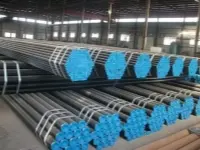
To calculate the bend length of a pipe, you need to know the pipe's radius of curvature(also called the bend radius) and the angle of bend. The bend length refers to the length of the pipe along the arc of the bend, not the straight-line distance between the ends.Here’s how to calculate the bend length.
-
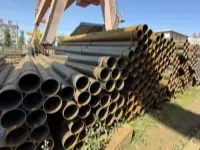
Calculating the pipe degree angle involves determining the angle at which a pipe needs to be bent or joined to fit into a specific layout. This is commonly done in plumbing, HVAC, and other piping systems. Here's a step-by-step guide to calculate the pipe degree angle.
-
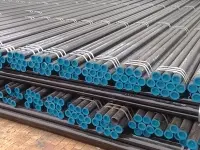
The bevel angle for pipe welding is a crucial factor that influences the quality and strength of the welded joint. The specific angle depends on the pipe size, wall thickness, and the type of welding being performed. However, general guidelines for bevel angles are as follows.
-
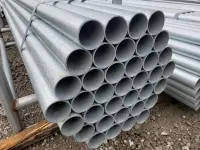
The lifespan of galvanized pipes depends on various factors such as the quality of the galvanization, environmental conditions, and the specific use case. This article will briefly introduce how long do galvanized pipes last.
-
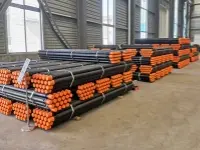
The weight of a drill pipe varies depending on its size, material, and wall thickness. Drill pipes are typically made of steel and are designed to withstand high-pressure conditions while being used in drilling operations. Here's a general guideline to give you an idea of the typical weight range.
-
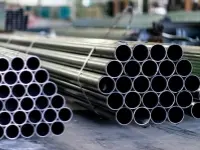
The thickness of a Schedule 40 pipe depends on its nominal pipe size (NPS), which determines the pipe’s outside diameter (OD) and wall thickness. Schedule 40 is a designation that refers to the pipe's wall thickness, and it is commonly used for various materials, including steel and PVC. Below are the wall thicknesses for Schedule 40 steel pipes based on different nominal pipe sizes (NPS).
-
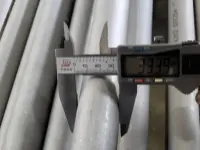
Measuring and bending tubing requires precision to ensure that the tubing fits correctly and performs well in its intended application. Whether you're working with metal, plastic, or other materials, the process typically involves the following steps.
-
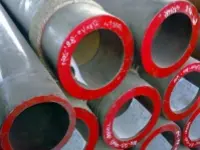
P91 steel pipe is a type of alloy steel that is commonly used in high-temperature and high-pressure applications, particularly in the power generation industry. P91 steel is part of the 9% chromium, 1% molybdenum family of steels, which are designed for use in environments where high strength, oxidation resistance, and resistance to creep (deformation under stress at elevated temperatures) are essential. It is known for its ability to maintain good mechanical properties at high temperatures.
-

A heat number (also called a heat lot number) is a unique identifier assigned to a specific batch of steel or metal that is produced during a particular melting or heat process. It plays a crucial role in traceability, ensuring that each pipe can be linked back to the specific material batch it was made from. The heat number provides detailed information about the chemical composition, production process, and quality of the steel used in the manufacturing of pipes.
-
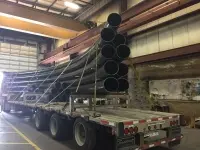
Measuring the bend angle of a pipe, especially for applications where precise angles are needed (e.g., in piping systems, construction, or engineering projects), requires accurate tools and methods to ensure the bend conforms to the desired specifications. Here are common ways to measure the bend angle of a pipe.
-
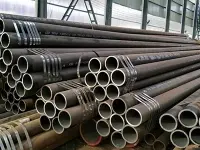
P11 and P22 are material grades commonly used in the manufacturing of steel pipes, especially for applications in high-temperature and high-pressure environments such as in power plants, boilers, and other industrial systems. These grades refer to specific types of alloy steel that are known for their ability to withstand elevated temperatures while maintaining good mechanical properties.
-
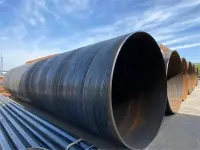
DSAW pipe refers to Double Submerged Arc Welded pipe, a type of steel pipe commonly used in various industries, particularly for the transportation of oil, gas, and other fluids. It is characterized by its welding process, which involves two submerged arc welding passes to create a strong, durable seam along the pipe’s length.
-
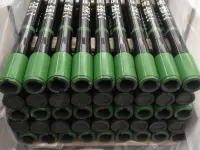
A pup joint is a short section of pipe used in the oil and gas industry, specifically in drilling and completion operations. It is typically used to adjust the length of the drill string, casing, or tubing to ensure the proper alignment or fit in the wellbore.
-
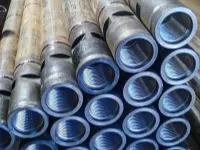
A drill pipe is a steel pipe with a threaded end, designed to connect the surface equipment of a drilling rig with the drilling and grinding apparatus or bottom-hole device at the well's bottom. Drill pipes are typically made from seamless tubes or welded pipes. Their primary functions include transporting drilling mud to the drill bit and facilitating the movement (raising, lowering, or rotating) of the bottom-hole device in conjunction with the drill bit. This article will discuss common issues encountered during drill pipe inspections and their solutions.
-
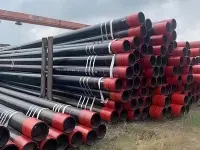
Well casing pipes are essential components used in various wellbores, including oil wells, gas wells, and water wells. These pipes are installed along the wellbore walls and serve critical functions such as supporting the well walls, isolating different geological strata, protecting well equipment, and preventing well wall collapse. Given the harsh underground environment, well casing pipes are exposed to numerous corrosion threats, including formation water, hydrogen sulfide, carbon dioxide, and other aggressive substances. Therefore, implementing effective anti-corrosion measures is crucial for ensuring the longevity and safety of the well casing pipes. Below are common methods used to combat corrosion in these pipes.
-
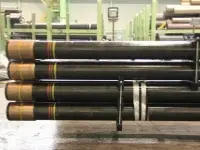
When it comes to the safe and efficient storage of petroleum casing, several critical precautions must be observed to ensure the integrity of the casing, the safety of personnel, and the prevention of environmental hazards. Here is an expanded list of precautions for stacking petroleum casing.
-
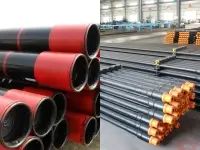
The distinction between oil casing and oil drill pipe can be summarized into two primary aspects: their respective applications and the materials they are made from.
-
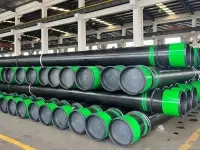
Casing pipe threads are essential for connecting sections of casing pipes securely and efficiently, ensuring a reliable seal and structural stability in underground applications like oil, gas, and water wells. Threaded connections on casing pipes must provide a tight fit to prevent leaks and withstand various operational pressures. Here’s an overview of the most common types of casing pipe threads and their applications.




















